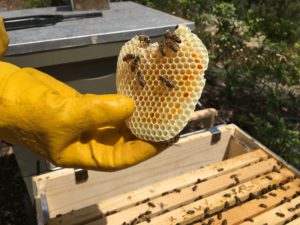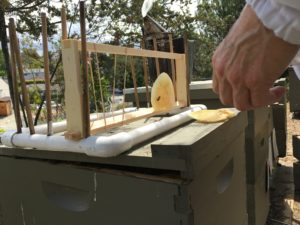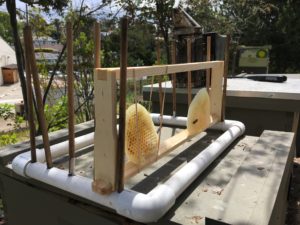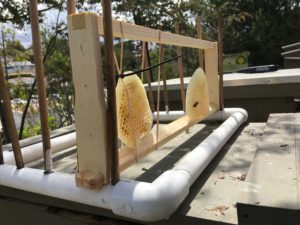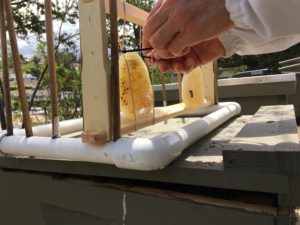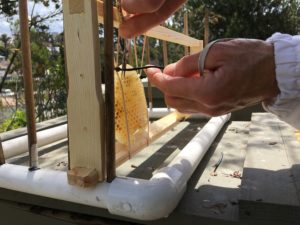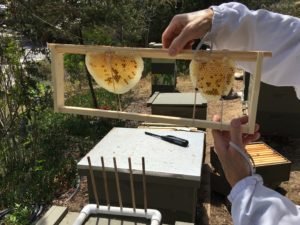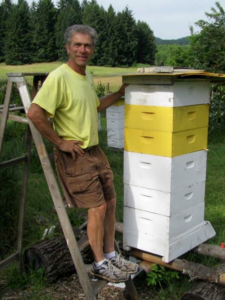For our November meeting we had a “movie night.” If you missed out, or would like to re-watch it, the video is embedded below.
This video presentation by Joe Lewis was chosen because it summarizes what I’ve been promoting within the club for the past couple of years: the use of nucleus hives as a resource.
The video gets a little preachy at the end about treating for mites. I want to be clear that I and Portland Urban Beekeepers don’t want to shame people into treating. That is a personal decision. Yes, we shouldn’t ignore Varroa mites. They are a problem, no doubt. And whether you choose to treat or practice treatment-free beekeeping is entirely up to you.
But regardless of how you keep bees or even what kind of hive you use, nucleus colonies can be one of the most important tools we have at our disposal. I encourage all beekeepers to make it a regular part of their practice.

